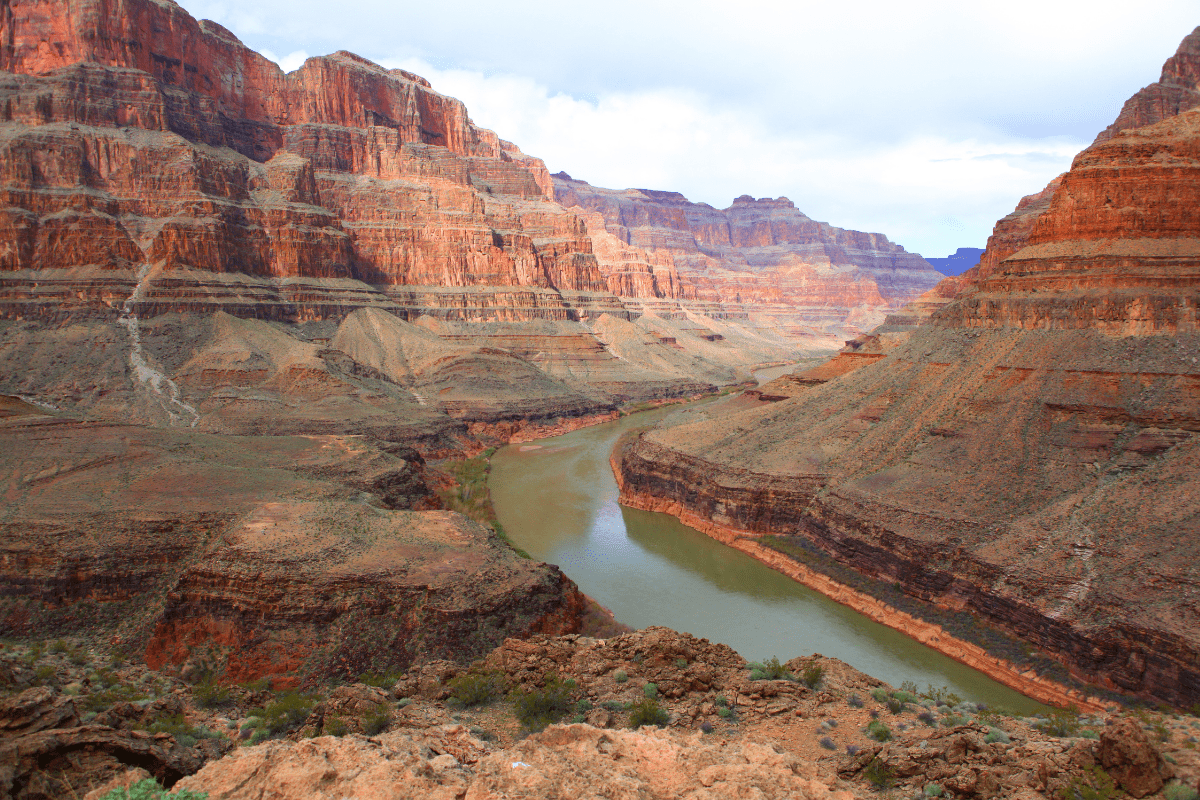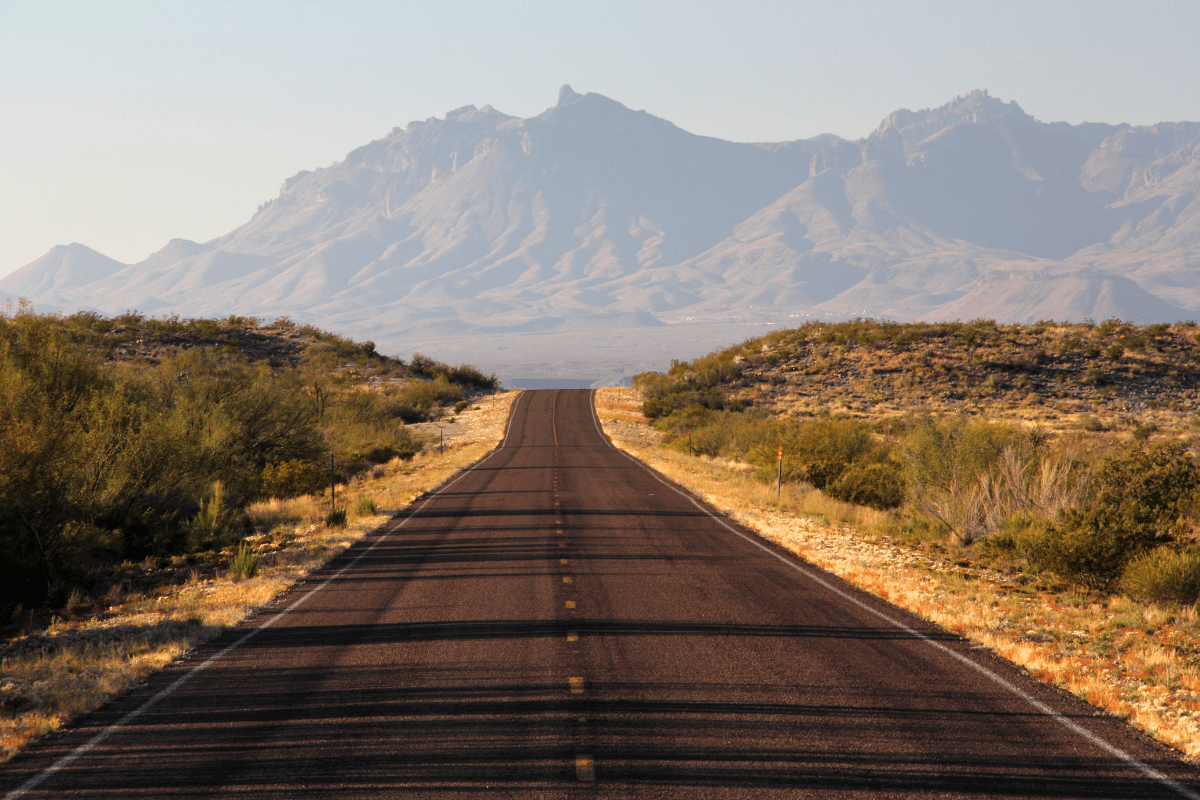Let me guess… you thought Arizona was all cactus and tumbleweeds? Turns out this desert state hides 128 fishable waters, including a spot with 20,000 trout per mile (yes, really).
Getting started without the paperwork headache
Before you grab your lucky fishing hat, let's tackle the boring stuff that'll keep you legal. Arizona simplified their licensing system in 2014, and honestly, it's refreshing compared to some states that require seventeen different stamps just to look at a fish.
Your basic fishing license costs $37 for residents or $55 if you're visiting from out of state. That single license covers everything… trout, bass, catfish, even those prehistoric-looking gar if you're into that sort of thing. No trout stamp needed, no special endorsements, just one license that's good for 365 days from whenever you buy it. Kids under 10 fish free (though good luck getting them to sit still long enough), and teens get a combo license for just $5.
The daily limits are pretty generous too. You can keep:
- 4 trout per day
- 6 bass (largemouth or smallmouth)
- 10 catfish
- 10 striped bass
- 6 walleye
The only weird exception? Northern pike have no limit, but you must either release them immediately or kill them. Apparently they're the aquatic equivalent of that houseguest who won't leave, so Arizona wants them gone.
Urban fishing has different rules
Community fishing waters, which are basically the city park ponds where you'll find families and first-timers, have tighter limits. At the bigger urban lakes you can keep 4 catfish, 4 trout, and 2 bass (minimum 13 inches). At smaller ponds, it drops to 2 catfish, 2 trout, and just 1 bass. Think of it as Arizona's way of making sure there's actually fish left for the next kid with a Spider-Man fishing pole.
Trophy lakes that actually deliver
Some fishing spots promise big fish but deliver nothing but sunburn and disappointment. Arizona's top lakes? They actually produce.
Roosevelt Lake: The heavyweight champion
Roosevelt Lake sprawls across 20,000 acres about 80 miles northeast of Phoenix, making it Arizona's largest lake entirely within state borders. Since 2016, they've been stocking Florida-strain largemouth bass here, which is basically like upgrading from a Toyota Corolla to a muscle car in fish terms.
The numbers back up the hype. Channel catfish here can exceed 60 pounds (that's like catching a golden retriever), and the crappie regularly top one pound. The lake has 128 miles of shoreline when full, though "full" is relative in the desert. The marina offers everything you need, and between 2016 and 2019, Arizona Game and Fish installed artificial reefs at GPS-marked spots. It's like they built fish apartments down there.
Pro tip: The bass here respond well to reaction baits in spring when they're aggressive. By summer, they're sulking in the thermocline like moody teenagers, so you'll need to adjust your approach.
Lake Pleasant: Where white bass go wild
Located 35 miles northwest of Phoenix, Lake Pleasant holds Arizona's largest white bass population. At 260 feet deep near the dam, it's got more layers than a wedding cake, which creates perfect thermocline conditions in summer.
The Scorpion Bay boat ramp has 10 lanes and 200 parking spots, because apparently Arizonans take their boat launching seriously. Focus on Humbug Creek, Castle Creek, and Cole's Wash using silver patterns that mimic threadfin shad. The lake sits at about 59% capacity as of late 2024, but that's still plenty of water for the fish.
White bass here school up like they're planning a flash mob. When you find them, it's nonstop action. When you don't? Well, at least the scenery beats staring at your cubicle wall.
Canyon Lake: Home of giants
Don't let Canyon Lake's modest 950 acres fool you. This lake holds the state record largemouth at 16 pounds, 7.68 ounces, caught way back in 1997. That record has stood longer than some marriages.
Recent surveys found bass reaching 25.5 inches and 11.7 pounds, suggesting someone might break that record soon. The lake has the highest concentration of Florida-strain genetics in Arizona, which is science-speak for "these bass eat their Wheaties."
The secret? Monthly trout stockings from November through March create a buffet line for big bass. It's like ringing a dinner bell… hungry bass hammer the newly stocked trout, and smart anglers throwing trout-pattern swimbaits clean up.
Trout waters that'll spoil you forever
Arizona trout fishing ranges from technical challenges that'll humble experienced anglers to family-friendly spots where kids can actually catch fish.
Lee's Ferry: The trout factory
Below Glen Canyon Dam, Lee's Ferry maintains over 20,000 rainbow trout per mile in its 15.5-mile stretch. That's not a typo. Twenty. Thousand. Per. Mile.
The constant 48-52°F water creates year-round fishing, though it's strictly catch-and-release with artificial lures and barbless hooks. Rainbow trout average 14-22 inches, with occasional browns exceeding 24 inches that'll test your drag system.
Here's the thing about Lee's Ferry… it's technical. The gin-clear water means those 20,000 trout can see your every mistake. First-timers should seriously consider hiring a guide, unless you enjoy spending $300 on gas and lodging just to practice your casting.
Lower Salt River: Trout in the desert
The Lower Salt River below Stewart Mountain Dam proves you don't need mountains for trout fishing. Five main access points each offer something different:
Blue Point has smooth casting banks perfect for beginners. Coon Bluff suits families with its easy access. Phon D. Sutton sits at the Verde River confluence where two types of water meet (fish love that stuff). Water Users holds trophy browns, and Sheep Crossing offers solitude for those who think other anglers talk too much.
Arizona stocks rainbow trout here bi-weekly from October through April. But the real prizes? Wild brown trout that survive year-round in the 65°F water, growing fat and suspicious. Landing a 20-inch brown here feels like earning a PhD in fishing.
Oak Creek: Instagram meets trout stream
Near Sedona, Oak Creek combines those famous red rocks with legitimate trout fishing. The state stocks 26,000 rainbow trout annually throughout the creek system, which sounds like a lot until you see the weekend crowds.
The catch-and-release section from Call of the Canyon to Junipine Crossing protects wild browns that reach 20+ inches. These fish have seen every fly pattern known to man, so bring your A-game or prepare for humility lessons. Standard sections allow six trout daily using any legal method, including the shameless use of PowerBait.
Urban fishing for real people
Not everyone has time for epic fishing adventures. Sometimes you've got two hours after work and a kid who's been begging to go fishing. Arizona's Community Fishing Program covers over 50 urban lakes across 23 cities.
These waters get stocked with channel catfish from March through November and rainbow trout from November through March. They skip stocking during peak summer (June 25 to September 15) because, well, trout don't appreciate 115°F weather any more than you do.
Tempe Town Lake: Fishing in the city
At 224 acres, Tempe Town Lake is urban fishing on steroids. Located at 550 E. Tempe Town Lake, it offers legitimate shots at largemouth bass alongside the stocked catfish and trout.
The amenities read like a resort brochure:
- Multiple restrooms (crucial with kids)
- 5-mile paved trail
- Playgrounds for when they're "done fishing"
- Boat and kayak rentals
- ADA-accessible spots everywhere
Open 5 AM to midnight, it's perfect for both early birds and night owls. The monthly trout stockings from November through February create predictable action, though the bass require more finesse.
Family-friendly favorites
Desert Breeze Lake in Chandler packs family fun into 4 acres. Beyond fishing, there's vintage train rides, an antique carousel, and a splash pad. It's basically Disneyland with fishing poles. The shallow 8-foot average depth means kids can actually reach fish without specialized gear.
Veterans Oasis Park in Chandler takes a different approach with its free Environmental Education Center and 4+ miles of trails. The 5-acre lake gets bi-weekly stockings, but honestly, kids might get more excited about the 180+ bird species or the Solar System Walk.
Seasonal strategies that actually work
Understanding Arizona's seasonal patterns separates successful anglers from those who just donate lures to lake bottoms.
Summer thermocline tactics
When surface temperatures exceed 80°F (so basically May through October), bass concentrate at thermoclines typically 15-30 feet deep. Your electronics show thermoclines as fuzzy horizontal bands. No fuzzy bands? Increase your gain settings until they appear.
Here's what actually works:
- Position lures 5 feet above the thermocline
- Fish down to the thermocline depth
- Ignore water below (no oxygen = no fish)
- Drop-shot rigs excel here
- Slow presentations rule
Following the bass calendar
Arizona bass are predictable if you pay attention. Pre-spawn starts in February when water hits 55-60°F, with western lakes warming first. The spawn peaks March-April at 60-65°F after full moons. Roosevelt, Pleasant, and Saguaro typically spawn March-April, while Canyon Lake runs latest in April-May.
Post-spawn in April-May requires finesse. Bass act like they're recovering from a hangover, so downsize your presentations. Fall (September-November) brings the best action as bass feed like competitive eaters preparing for a contest. Winter means deeper, slower presentations, but bass still bite. They're cold, not dead.
Hidden gems worth the drive
Sometimes the best fishing requires leaving the crowds behind.
Alamo Lake sits 40 miles from anywhere important, which explains why it consistently produces 5-pound bass with minimal pressure. Spring reports show 5-fish limits exceeding 20 pounds total. The crappie fishing borders on ridiculous when they're schooled up.
Big Lake in the White Mountains sits at 9,000 feet elevation near Springerville. They stock 40,000 fingerling trout annually, creating legitimate opportunities for rainbow, Apache, brook, and cutthroat trout. Railroad Cove produces consistent cutthroat catches. Just remember it's only accessible May through November unless you own a snowmobile.
Woods Canyon Lake near Forest Lakes restricts motors to electric only, maintaining peace along with 55 acres of trout water. The recent addition of tiger trout (a brook/brown hybrid that looks like it's wearing camo) adds variety to the rainbow and brown trout population.
Making it happen
Look, fishing in Arizona isn't complicated once you understand the basics. Buy your license online, check the stocking schedule, and pick a water body that matches your ambition level. Want convenience? Hit an urban lake. Chasing trophies? Roosevelt or Canyon lakes await. Need trout? Lee's Ferry will humble you while the Salt River offers easier success.
The real secret to Arizona fishing? The state manages its resources well, stocks regularly, and provides genuine opportunities from downtown Phoenix to remote mountain lakes. Whether you're teaching a kid to fish at a city pond or chasing that wall-hanger bass, Arizona delivers. Just remember sunscreen, plenty of water, and maybe lower your expectations for that first Lee's Ferry trip. Those trout have graduate degrees in making anglers look foolish.
Now stop reading about fishing and go do it. The fish aren't going to catch themselves, though in Arizona's well-stocked waters, they almost seem willing to try.





